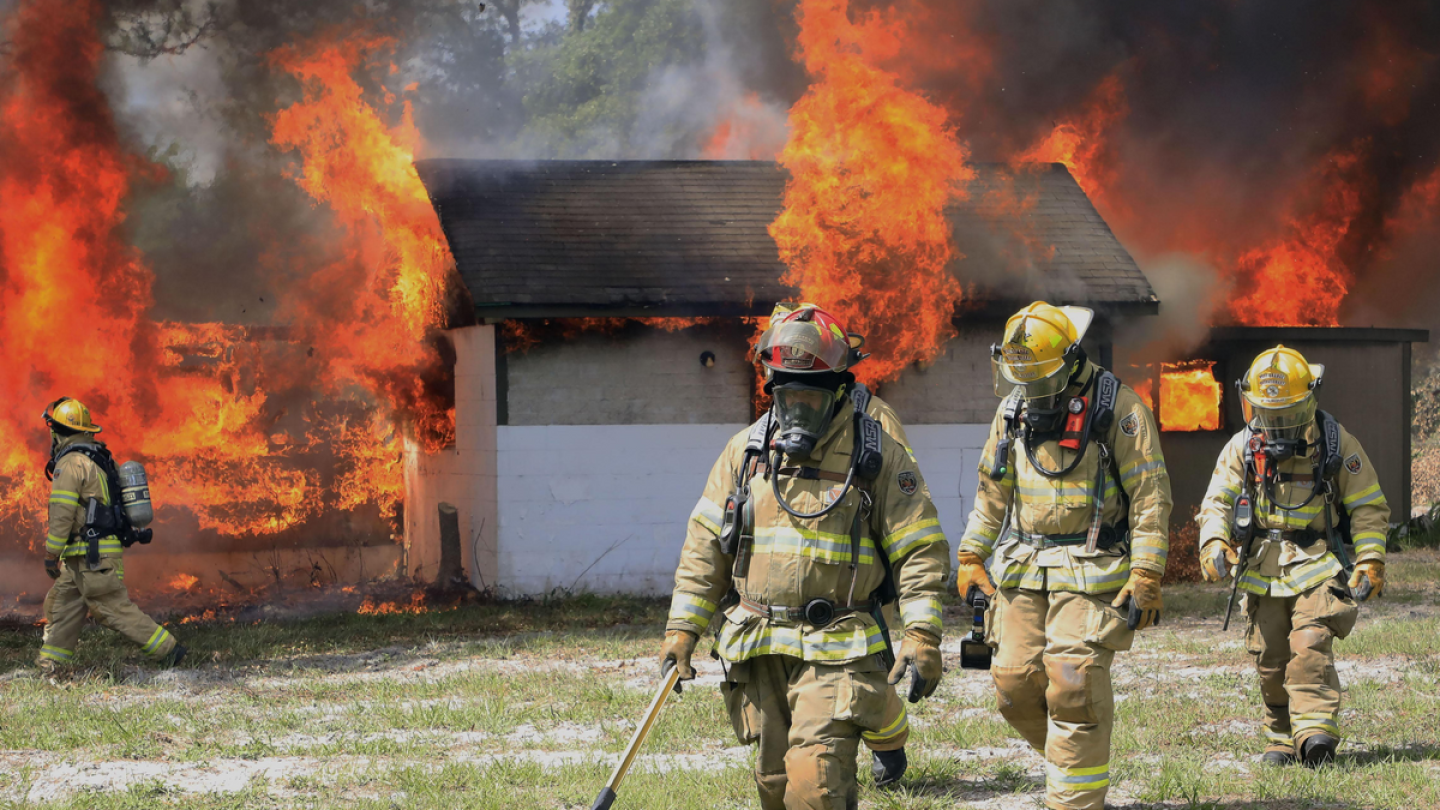PPE 101
A new four-bill package would require the FDNY to replace turnout gear, add regular health screenings for firefighters and retirees, and test firehouse drinking water
Midland, Saginaw and Bay City fire departments will replace 120 SCBA units, with new expected in service by summer 2026
The firefighters’ union moved to dismiss with prejudice its PFAS-related lawsuit over NFPA’s firefighter gear standard
Richmond Firefighter Jonathan Clarke alleges companies like 3M, Chemours and Honeywell knew turnout gear contained cancer-linked “forever chemicals” but hid the danger
Funding approved by the Central Texas Public Safety Commission will outfit all Austin Fire Department and Austin-Travis County EMScrews with upgraded body armor
Learn the full history of firefighter decon, from dirty gear to modern-day protocols that save lives
With NFPA 1970 in effect, firefighters can expect new particulate-blocking and performance requirements in protective hoods
The road to PFAS-free PPE is paved with good intentions but full of unknowns
New performance metrics in NFPA 1970 are prompting departments to rethink how they balance protection, comfort and long-term wearability
Detailing the new standard’s potential impact on the fire service
The mindset you adopt can affect your fireground decision-making
Detailing the current areas of research and the hopeful expectations for their adoption
Active U.S. volunteer firefighters have until November 30 to enter for a chance to win the helmet
How will the potential changes impact fire departments?
Answering the most common questions, including how well Li-ion battery fire contaminants can be removed through PPE cleaning
Detailing emerging issues of concern with respect to PPE programs, gear selection, cleaning and decontamination, verification for ISPs, and PPE retirement
The Greensburg VFD has improved its approach to gross decon and PPE laundering to help minimize firefighters’ cancer risks
How to use an ISP to navigate the implementation of your NFPA 1851 PPE program
Is it time to reconsider the levels of risk in light of everything we now know about the exposure risks we face on the fireground?
Significant questions arise as turnout-focused standards are consolidated
Fire service researchers evaluate impact of laundering on tear and seam strength, THL and TPP, flammability, and liquid and viral penetration
A simple checklist helps fire service leaders evaluate PPE technology and cleaning claims
To reduce an individual firefighter’s relative risk of contracting cancer, they must limit risk factors on and off the fireground
Follow NFPA standards and check the overlap of PPE ensemble interfaces to ensure you are protected from contamination and thermal injury
What you need to know about the differences between cleaning soiled gear and decontaminating firefighter turnout gear
Firefighter PPE must in be a serviceable condition in order for these items to provide the needed protection
Modern station wear has come a long way in both firefighter safety standards and professional appearance
Learn about common cancer-causing agents firefighters face and the importance of wearing proper PPE
Chemical exposure, repeated cleaning and overall wear to firefighter turnout gear needs to be measured and tracked to know when it’s time to retire PPE
MOST POPULAR
- The new NFPA 1950: Consolidating tech rescue, EMS and wildland PPE
- Turnout gear: Perceived ‘limitations’ or enhanced ‘capabilities’
- Lithium-ion battery fires: Understanding PPE contamination hazards
- Infographic: 7 steps to clean firefighting turnout gear
- Free Online Course | Firefighter Cancer: Prevention and Health































